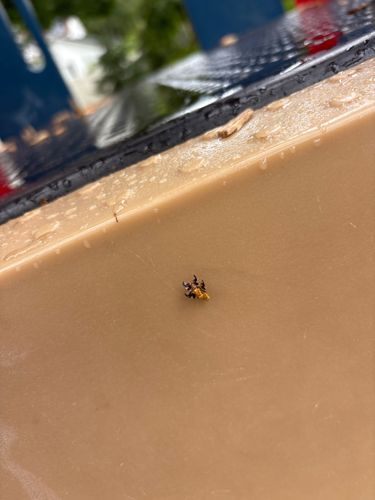Jumping Spider
Scientific Name: Salticidae (family)
Order & Family: Order: Araneae, Family: Salticidae
Size: Most jumping spiders range from 1 to 25 mm (0.04 to 1 inch) in body length, with many common species being in the 3-15 mm range.

Natural Habitat
Widely distributed globally, jumping spiders can be found in diverse habitats including gardens, forests, grasslands, deserts, and even inside homes. They prefer sunny areas with structural elements like leaves, branches, walls, and fences where they can hunt and hide.
Diet & Feeding
Jumping spiders are predators, feeding on a wide variety of insects and other small arthropods. They will readily consume flies, mosquitoes, small crickets, and other spiders.
Behavior Patterns
Jumping spiders are active hunters, using their excellent vision to stalk and pounce on prey. They do not build webs for catching prey, but instead use silk for safety lines, retreats, and egg sacs. They are known for their curiosity and often turn to observe objects that approach them.
Risks & Benefits
Generally, jumping spiders are not aggressive towards humans and their bites are rare. If a bite occurs, it's typically mild, similar to a bee sting, and not medically significant. They are largely beneficial in ecosystems and around homes as natural pest controllers, preying on nuisance insects.
Identified on: 8/29/2025